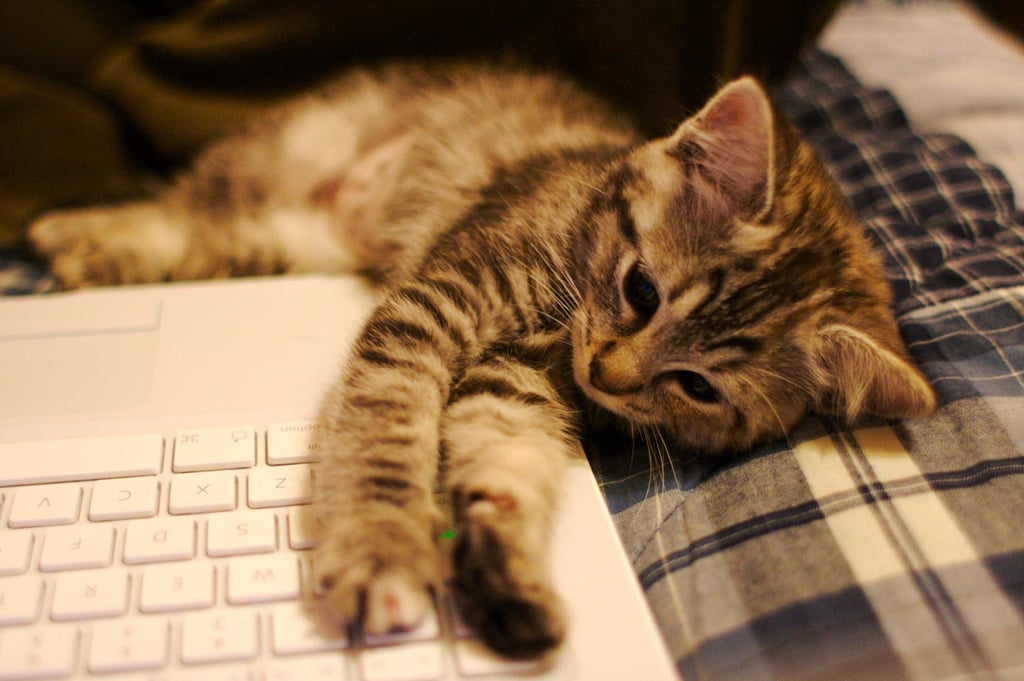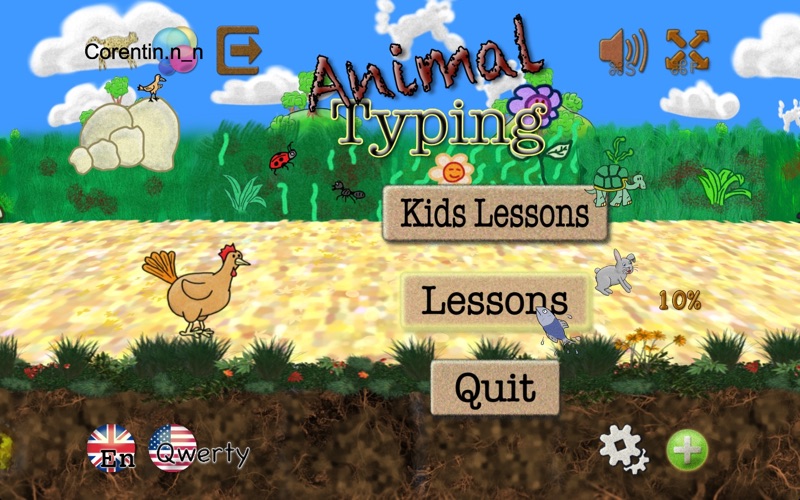
The normal litter size is two to four, though up to seven cubs have been recorded. There is no fixed breeding season, though the preponderance of mating appears to occur in winter, with striped cubs being born after a gestation period of more than three months. The readiness of a tigress to mate is announced through vocalization and scent production. With the reduction in the number of tigers, the occurrence of man-eating tigers has become rare except in the Sundarbans, the northeast Indian state of Uttar Pradesh, and neighbouring Nepal in and around Royal Chitwan National Park. A number of reasons account for this-disability caused by age or injury, paucity of prey, acquisition of the habit from the mother, or defense of cubs or kill. No trait of the tiger has fascinated humans more than man eating. As the top predator throughout its range, the tiger plays a major role in controlling not only its prey population but that of other predators such as the leopard, dhole (Asiatic wild dog), and clouded leopard. For this reason, tigers raised in captivity would not fare well if released into the wild. Skill in killing and obtaining prey is only partly instinctive, maternal training being essential for proficiency. Tigers are not averse to commandeering a kill from other tigers or leopards, and they sometimes eat carrion. After making a kill and consuming what it can, it makes a deliberate attempt to hide the carcass from vultures and other scavengers so that another meal can be obtained. Cattle are occasionally taken from human habitations, and some tigers can thrive on domestic livestock. Healthy large mammals are generally avoided, although there have been recorded instances of the tiger’s having attacked elephants and adult water buffalo. A special liking for porcupines, despite the danger of injury from their quills, is an exception. The tiger usually hunts by night and preys on a variety of animals, but it prefers fairly large prey such as deer ( sambar, chital, and swamp deer) and wild pigs.

See a herd of Sika deers feeding on fresh kelps and the Siberian tiger on a deer in the forest of eastern Russia See all videos for this article Males are larger than females and may attain a shoulder height of about 1 metre and a length of about 2.2 metres, excluding a tail of about 1 metre weight is 160–230 kg (350–500 pounds), and tigers from the south are smaller than those of the north. tigris tigris) is the most numerous and accounts for about half of the total tiger population. tigris altaica) is the largest, measuring up to 4 metres (13 feet) in total length and weighing up to 300 kg (660 pounds). The tiger is endangered throughout its range, which stretches from the Russian Far East through parts of North Korea, China, India, and Southeast Asia to the Indonesian island of Sumatra. Tiger, ( Panthera tigris), largest member of the cat family ( Felidae), rivaled only by the lion ( Panthera leo) in strength and ferocity. The Indian, or Bengal, tiger makes up about half the total tiger population. A century earlier, the same population was estimated at 100,000. The world’s tiger population has declined to about 3,200 tigers since the beginning of the 21st century. SpaceNext50 Britannica presents SpaceNext50, From the race to the Moon to space stewardship, we explore a wide range of subjects that feed our curiosity about space!.Learn about the major environmental problems facing our planet and what can be done about them! Saving Earth Britannica Presents Earth’s To-Do List for the 21st Century.

100 Women Britannica celebrates the centennial of the Nineteenth Amendment, highlighting suffragists and history-making politicians.
#IMAGE OF ANIMAL TYPING HOW TO#


 0 kommentar(er)
0 kommentar(er)
